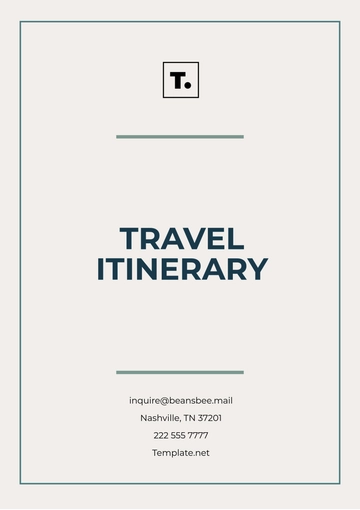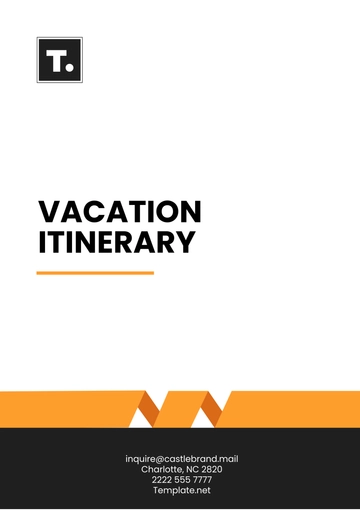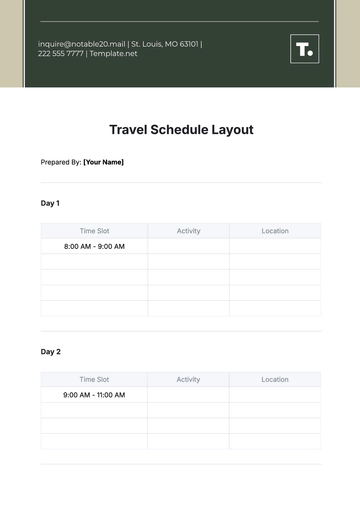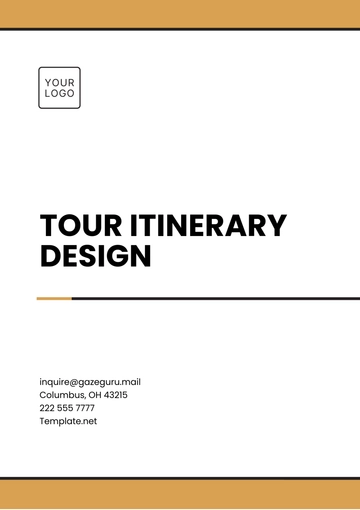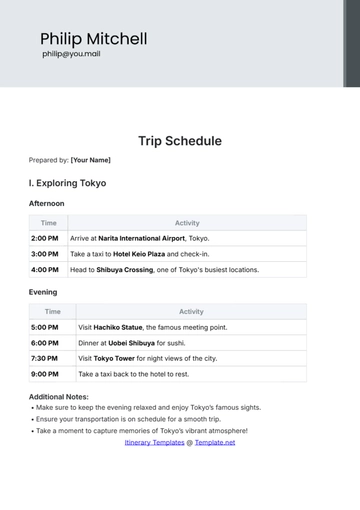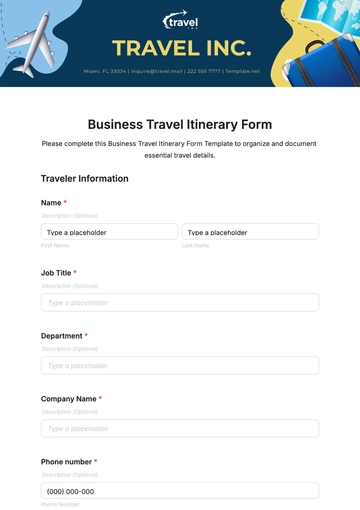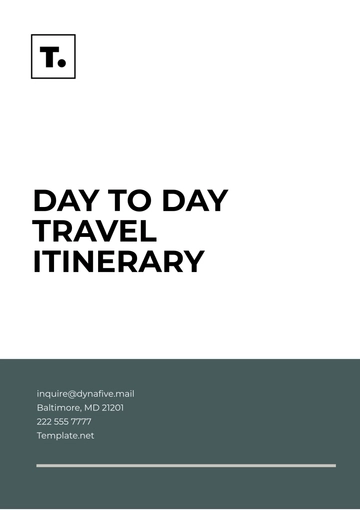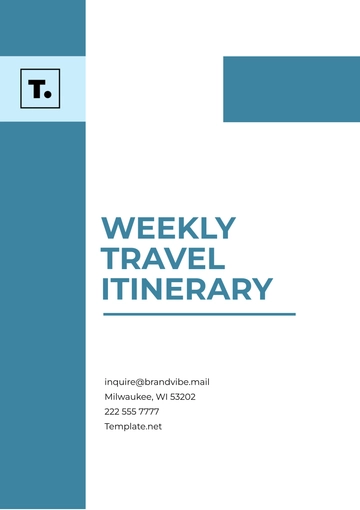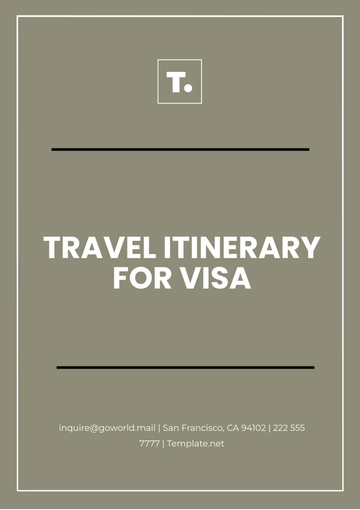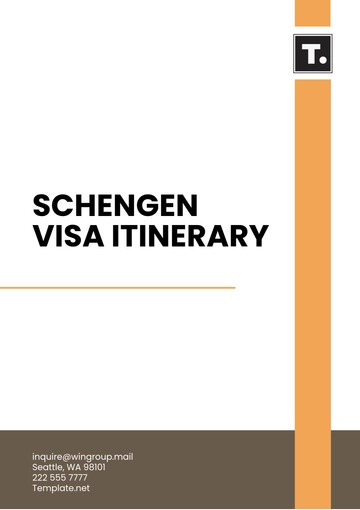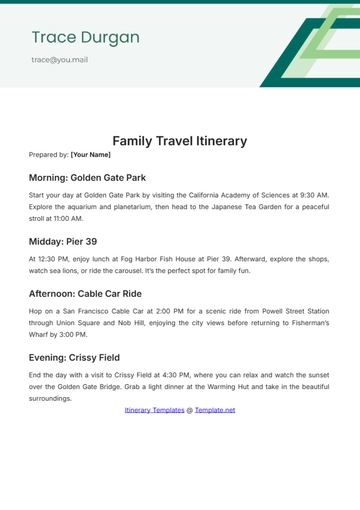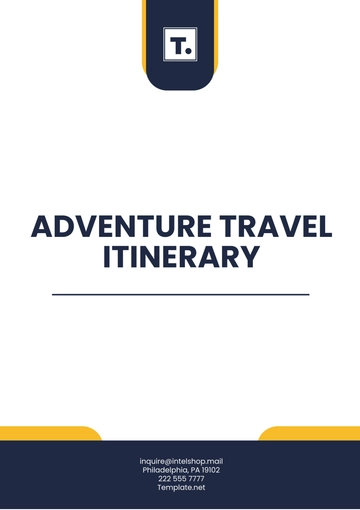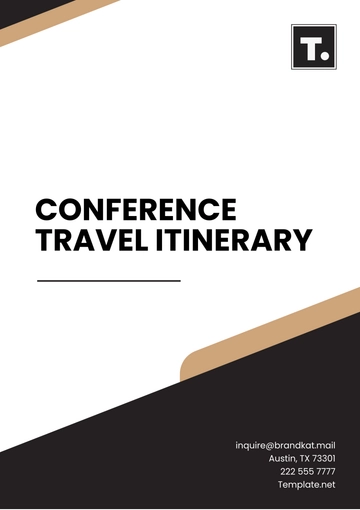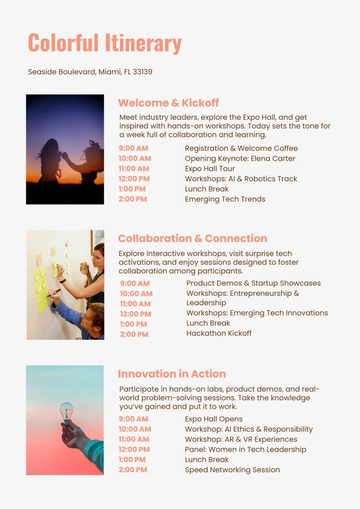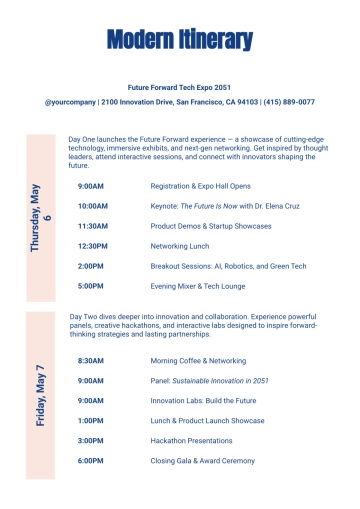Free Korea Itinerary
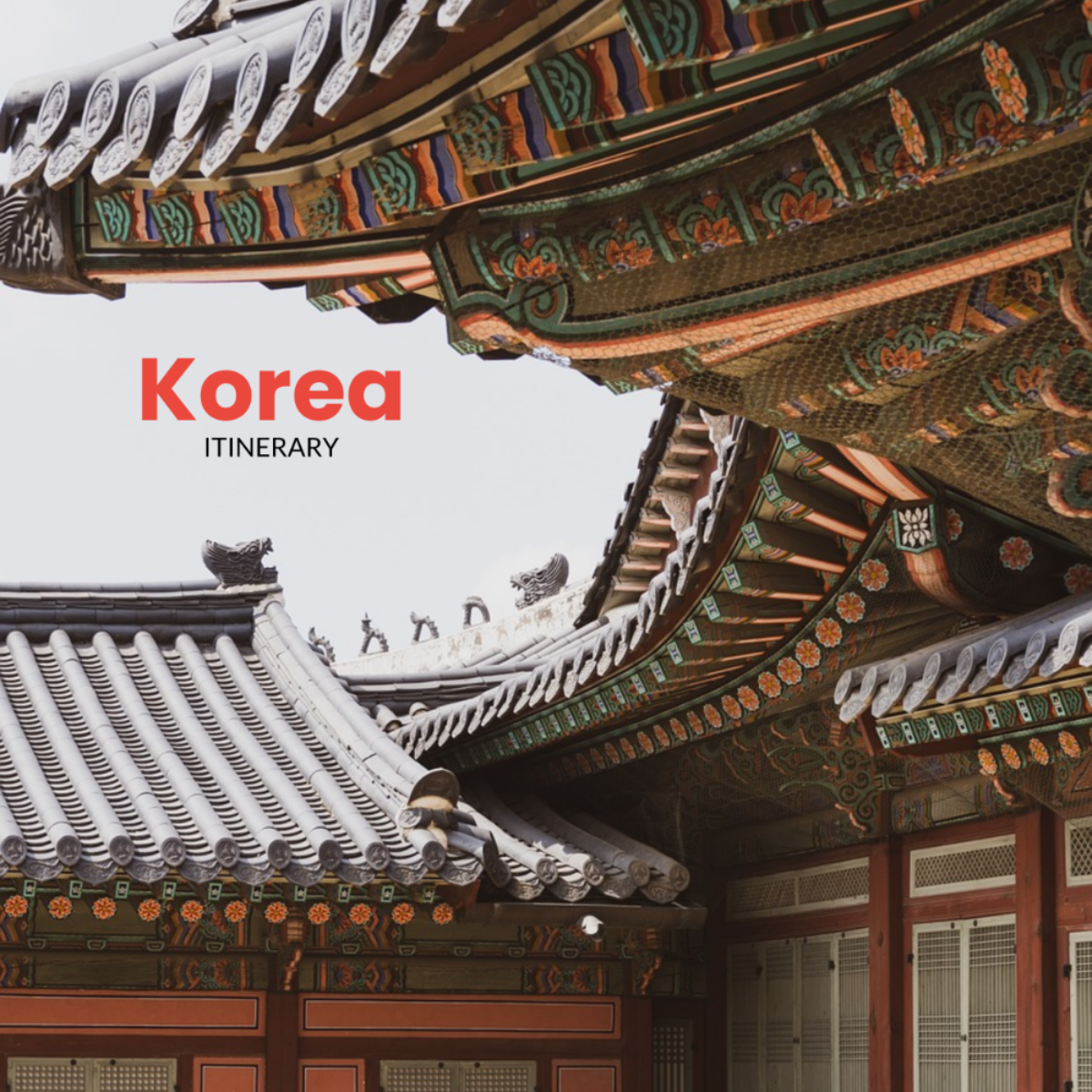
South Korea is a captivating blend of ancient traditions and modernity, offering a rich tapestry of experiences for travelers. From the bustling streets of Seoul to the serene temples of Gyeongju, there's something for everyone in this vibrant country. Here's a detailed itinerary to help you make the most of your time in Korea.
Day 1: Arrival in Seoul
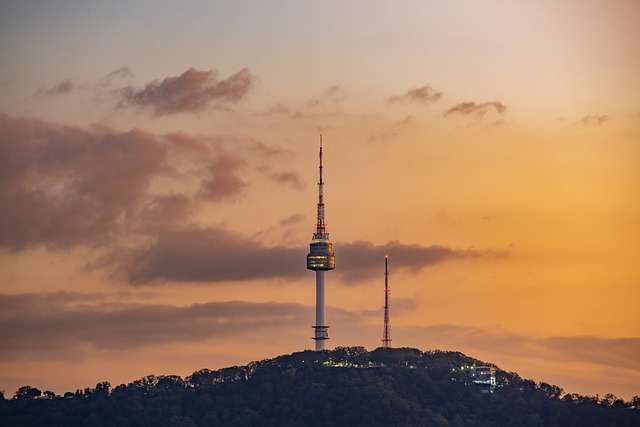
Arrive at Incheon International Airport and transfer to your hotel in Seoul. Consider staying in the vibrant Gangnam district or the historic Jongno area for easy access to Seoul's attractions.
Check-in and freshen up. If you arrive early, drop your bags at the hotel and start exploring right away.
Explore the bustling Myeongdong area, known for its shopping and street food. Try local delicacies like tteokbokki (spicy rice cakes) and hotteok (sweet pancakes).
Visit N Seoul Tower in the evening for panoramic views of the city skyline. Consider taking the cable car up for a scenic ride.
Enjoy a traditional Korean dinner. You can try Korean barbecue or bibimbap, a popular mixed rice dish.
Day 2: Seoul City Tour
Start your day with a visit to Gyeongbokgung Palace, the largest of the Five Grand Palaces built during the Joseon Dynasty. Witness the changing of the guard ceremony.
Explore the nearby Bukchon Hanok Village, a traditional Korean village with well-preserved Hanok houses. Consider renting a hanbok (Korean traditional clothing) for a more immersive experience.
Have lunch at a local restaurant and try some traditional Korean dishes.
Visit the Changdeokgung Palace and its secret garden, a UNESCO World Heritage site. Explore the beautiful gardens and learn about Korean royal history.
In the evening, stroll along the Cheonggyecheon Stream, a modern public recreation space in downtown Seoul. Admire the urban oasis and the city lights.
Day 3: Day Trip to the DMZ
Take a guided tour to the Demilitarized Zone (DMZ), the border between North and South Korea. Visit the Joint Security Area (JSA) and step into North Korea at the Dora Observatory.
Explore the Third Infiltration Tunnel, a tunnel dug by North Korea for military purposes.
Visit Dorasan Station, the northernmost train station in South Korea that is intended to connect the two Koreas.
Learn about the history and politics of the Korean Peninsula from knowledgeable guides.
Day 4: Seoul to Gyeongju
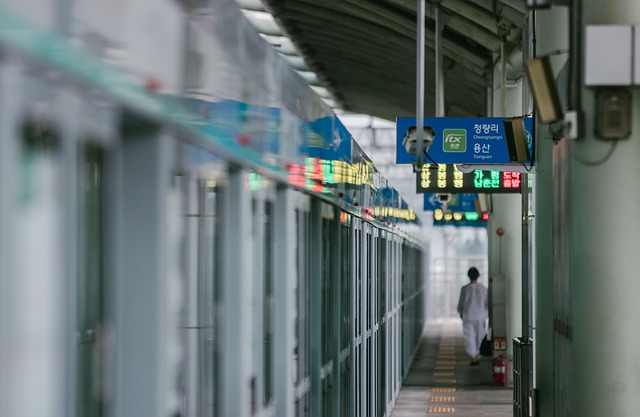
Check out of your hotel in Seoul and take a KTX train or bus to Gyeongju, known as the "museum without walls" for its wealth of cultural heritage. The journey takes approximately 2.5 to 3 hours.
Check into your hotel in Gyeongju and freshen up.
Visit the Bulguksa Temple, a UNESCO World Heritage site known for its beautiful architecture and serene surroundings. Take your time to explore the temple complex and its various halls and pagodas.
Explore the Seokguram Grotto, an ancient Buddhist cave temple located near Bulguksa Temple. Marvel at the intricate stone carvings and serene atmosphere.
Enjoy a traditional Korean dinner in Gyeongju, sampling local specialties like Gyeongju bread and haejangguk (spicy beef soup).
Day 5: Gyeongju Sightseeing
Begin your day with a visit to the Gyeongju National Museum, which houses a vast collection of artifacts from the Silla Dynasty. Learn about the history and culture of the region.
Explore the Cheomseongdae Observatory, one of the oldest astronomical observatories in East Asia. Marvel at its ancient architecture and learn about its significance in ancient Korean astronomy.
Visit the Royal Tombs of the Silla Dynasty at Tumuli Park. Explore the grass-covered burial mounds of ancient Silla kings and nobles, which are UNESCO World Heritage sites.
Wander through the streets of Gyeongju and soak in the atmosphere of this ancient capital.
Day 6: Gyeongju to Busan
Check out of your hotel in Gyeongju and take a bus or train to Busan, South Korea's second-largest city. The journey takes approximately 1.5 to 2 hours.
Check into your hotel in Busan and relax.
Visit the bustling Jagalchi Fish Market, Korea's largest seafood market. Explore the stalls selling a wide variety of fresh seafood and enjoy a seafood lunch.
Explore the vibrant Gamcheon Culture Village, known for its colorful houses and street art. Take a stroll through the narrow alleys and soak in the artistic ambiance.
In the evening, enjoy dinner at a local restaurant and sample Busan's famous cuisine, such as dwaeji gukbap (pork soup) or milmyeon (cold noodles).
Day 7: Busan Sightseeing

Start your day with a visit to Haedong Yonggungsa Temple, a picturesque seaside temple.
Relax at Haeundae Beach, one of Busan's most popular beaches.
Visit the Beomeosa Temple, a historic Buddhist temple located in the mountains.
In the evening, explore the bustling Nampodong Street for shopping and dining.
Day 8: Explore Busan
Visit the beautiful Taejongdae Park for stunning coastal views and hiking trails.
Explore the historic Geumjeong Fortress and take a cable car ride for panoramic views.
Experience the vibrant nightlife of Busan in areas like Seomyeon or Gwangalli Beach.
Day 9: Return to Seoul
Check out of your hotel in Busan and take a KTX high-speed train back to Seoul.
Check into your hotel and spend the evening exploring the vibrant Hongdae area known for its youthful atmosphere, street performances, and nightlife.
Day 10: Departure from Seoul
Depending on your flight time, you may have some free time to explore more of Jeju Island or do some last-minute souvenir shopping.
Transfer to Jeju International Airport for your departure flight, taking with you unforgettable memories of your time in Korea.
If time allows, consider visiting the Jeju Loveland, a quirky sculpture park featuring erotic art pieces, before heading to the airport. It's a unique and memorable way to conclude your trip to Korea.
Additional Tips:
Korean cuisine is a highlight of any trip to Korea. Be sure to try local dishes such as bibimbap, bulgogi, and kimchi.
Public transportation in Korea is efficient and easy to use, so consider using buses and trains to get around.
English is not widely spoken in Korea, so it's helpful to learn some basic Korean phrases or carry a phrasebook.
This itinerary offers a comprehensive overview of the best that Korea has to offer, from its bustling cities to its ancient temples and historic sites. Whether you're a history buff, a foodie, or a nature lover, Korea has something for everyone to enjoy.
- 100% Customizable, free editor
- Access 1 Million+ Templates, photo’s & graphics
- Download or share as a template
- Click and replace photos, graphics, text, backgrounds
- Resize, crop, AI write & more
- Access advanced editor
Experience the wonders of Korea with Template.net’s editable Korea Itinerary Template. This customizable tool is your guide to a memorable journey through this vibrant country. From bustling cities to serene landscapes, use our Ai Editor Tool to create an itinerary that highlights the rich culture and diverse attractions of Korea.
